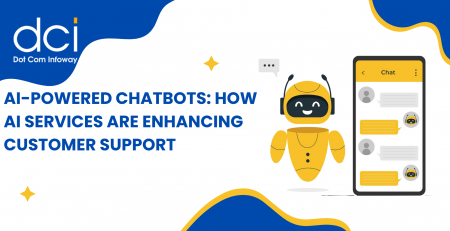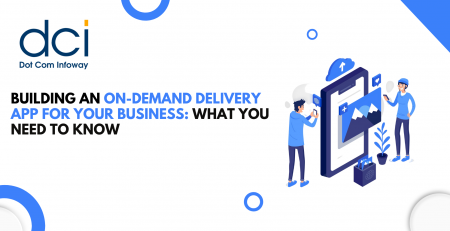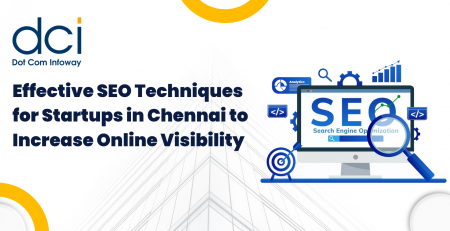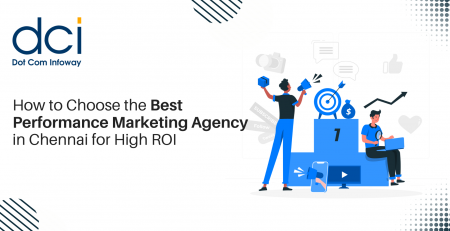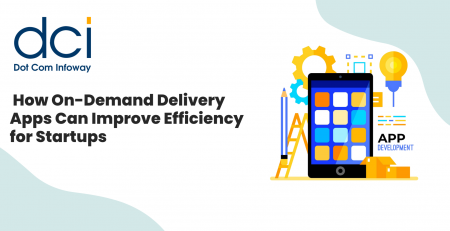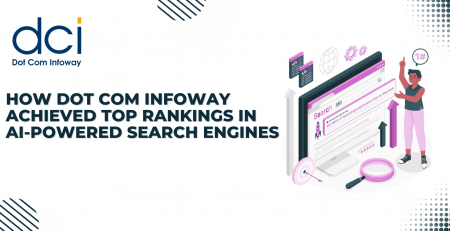How to Develop & Market App for Google Playstore
If you want your app to succeed, you don’t have a choice when it comes to solid development and smart marketing techniques. A strong profitable app will require research, which encompasses understanding the users you want to target. You need to understand what compels them to download an app, and what’s important to them. Much of this information can be derived from beta users and quantitative surveys. However, all this should take place before any code is written because this is the type of information that should guide both your app development and marketing strategy.
The Components of Developing an App
You should have a thorough understanding of the users you want to target. Users typically have many apps and don’t use them for very long. As a result, it’s important that you build an app with useful signature features, an intuitive UI, and speed. In essence, your app should be relatively simple to launch and load quickly. Listen to what your research tells you and continue to tweak it until it’s finished. This theory holds true for monetizing your app as well. Your research should help you discover the best way to monetize your app, whether it be through ads or other methods.
The Building Blocks of Marketing an App
Your message on the Google Play Store should present a clear picture of what your app does and why it’s worth downloading. Users need to know what it can do for them and what features set it apart from other apps. The message may need to be tweaked periodically to support your marketing plan. However, Google suggests building a structured marketing plan for optimal results. A structured plan encompasses four steps; Awareness, Trial, Purchase, and Repeat (ATPR).
The first step in the marketing process has many layers. It takes many different vehicles to create awareness about your app. You’re competing for attention in a sea of many other apps trying to do the same. This is why social media, PR, search engines and many other methods should be used to expose your app. This exposure should be followed by a low-risk opportunity for users to experience your app through free or trial versions, as well as the use of other motivating incentives that will entice users to try your app. Even the purchase phase should incorporate incentives that make buying your app more appealing. This could be accomplished through discounts, special offers, and bulk sales, to name a few. Once you create an app, you want to make user retention an important part of your goals. Creating loyalty programs and extensions are just a few of the ways that this can be accomplished. Following the ATPR model will help you build a solid marketing plan that will put the framework in place to stimulate the growth of your app.
The Benefits of Good PR
Good PR is an invaluable piece of the marketing puzzle. Word of mouth is powerful, especially when it’s coming from credible sources. talk to the press, game/tech writers, and Android-specific bloggers and ask them to sound off about your apps through reviews. Believe it or not, when people write about your app it improves your search rankings in the Play Store.
Building a profitable app requires research guided app development and marketing. These two components can improve the exposure, use, and profitability of your app. Using every vehicle available to create awareness of and experience with your app is key to developing an app that will survive and remain relevant to users in a sea of other apps competing to do the same.



